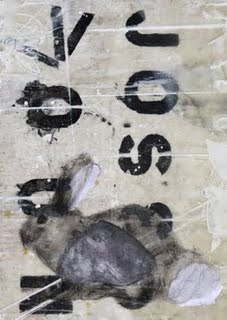 Joseph Young lives in Baltimore, Maryland. His book of microfictions, Easter Rabbit, is currently available for preorder from Publishing Genius, with wide release in December 2009.
Joseph Young lives in Baltimore, Maryland. His book of microfictions, Easter Rabbit, is currently available for preorder from Publishing Genius, with wide release in December 2009.
Amelia Gray, author of AM/PM, says “Joe Young’s lovely little fictions present objects and parts, voices guiding voices, striking images in solid prose. A city of familiar scenes rises around the reader, who may be surprised to find how quickly they attach and draw her near. These are puzzles best devoured slowly.”
What story or book do you feel closest to?
I have this really old anthology with the cover falling off and the pages all yellow — I bought it from a thrift store a long time ago — called 50 Great Short Stories, first published in 1952. It has stories that I not only go back to read over and over again but that I’m always bringing up in conversation. Last night, in fact, I was telling someone about the story “Only the Dead Know Brooklyn” by Thomas Wolfe, which is in the anthology. It also has such gems as “A Haunted House” by Virginia Woolf and “The Summer of the Beautiful White Horse” by William Saroyan. Somehow these stories and that book hold all the mystery and wonder of fiction within them, and it’s exciting just to see it on my shelf. It’s exciting to talk about it now.
Do you have a mentor?
I’ve never had a mentor, per se. Many times, especially earlier on, I wished I had, someone to answer all those questions about whether I was going in the right direction, someone to sooth all those gnawing doubts. I wanted to be able to sit down with some kindly and accomplished writer who would tell me he or she believed in me, unequivocally, that I was going somewhere, kid. Never worked out that way and I doubt it does for many — writing is too much work, and other writers, kindly or not, can help some but they can’t be your author-parent, or so it seems to me. Anyway, what’s been of a lot more help to me has been my peers, or maybe more accurately, those people a bit ahead of me on the curve of accomplishment, people whose writing is better than mine, who make me a jealous and spur me along to catch up with them, people who model how one goes about making successes out of what they are doing.
How do you stay creative? What are your tricks to get “unstuck?”
I’m not sure I get stuck much anymore, not in the past few years. Key to this I think is having a lot of places to go with the desire to be creative. If writing isn’t coming or doesn’t seem that interesting to me for awhile, I’ve developed interests in making collages, or playing around with painting, and things like that. I’ve also got into curating and organizing things surrounding visual art, so although that isn’t strictly creative in the sense that I’m making something myself, it’s a good place to put my energy if the writing isn’t there. In general, being busy (with things I like doing) seems to be a good trick for me. I don’t have a lot of time to worry over the value of my writing, say — I either have to do it or not-and that’s actually really freeing.
What are your favorite websites?
I like Zoetrope, and I check in fairly frequently to see what people are up to. It’s stuffed full of people doing great things, writing and editing, pushing lit forward, and a friendly place mostly. HTML Giant has a ton of lively discussions about writing (and other things) and is a pretty exciting place to get to know writers out on the edges of what’s new. I was happy to find out that Riley Dog is back up and running — art and writing daily, and the guy who runs it has a great eye. And I check out BmoreArt to see what’s happening around Baltimore, art-wise.
What are you working on now?
The huge bulk of my energy has been going into Easter Rabbit, getting the cover designed, lining up blurbs, doing PR work, doing some interviews and such, planning the book release party, which will have art and performance and music. It’s great fun, I enjoy it a lot, though I also miss time for just writing or making collages and such. I know there have been writing ideas I’ve thought of in the past month or so that I’ve thought, wow, that would be fun, and then I forget them in the shuffle. It’s a good problem to have though.
You are considered a master of microfiction! Can you talk about how this fascination for the tiny story began?
Hmm, I’m not sure I remember. I think it was probably that I wrote one and got excited about writing more, the wonder of trying to concentrate all my energy into this pinpoint effort. For a while, I know it had something to do with wanting to get as closely to time zero as possible, to write a story, with character and narrative and action, that took up the least amount of story-time possible, close to no time. I wanted to achieve near-stasis, but without actually getting there. I wanted a story that looked like a painting, but was still a story. I probably still want these things, but they’ve been internalized; I don’t think of them consciously anymore.
Tell us your favorite things about creating Easter Rabbit?
Well, certainly the writing, coming up with all the stories over the past several years, the wonder that those things came out of my head, by some magic of luck, tenacity and a bit of skill. But as far as the book itself, it’s been working with the team, Adam Robinson, the genius of Publishing Genius, Christine Sajecki, the enormously gifted artist who painted the cover image, Justin Sirois, who designed the cover and who is a great writer himself, and several other people chipping in too. The collaboration has been great fun and has made the process so much more meaningful than if it were just my book. It’s our book, a group effort, and one I’m really proud to have worked on with these people.
What does your book’s title tell us about what we’ll find inside the book?
I guess first of all that there is a story inside called “Easter Rabbit.” That there are a lot of stories in there that have animals in them. That the stories aren’t necessarily grounded absolutely in realism. That I have a conflicted interest in Christianity, in its imagery and ideas and feelings, although I’m pretty devotedly unreligious. That what’s inside might not always make perfect rational sense — the titles and the words and the strings of dialogue — but that the stories are always vying for, yearning for, some grasp of understanding.
The Fictionaut Five is our ongoing series of interviews with Fictionaut authors. Every Wednesday, Meg Pokrass asks a writer five (or more) questions. Meg is an editor at Smokelong Quarterly, and her stories and poems have been published widely. She blogs at http://megpokrass.com.

 Joseph Young lives in Baltimore, Maryland. His book of microfictions,
Joseph Young lives in Baltimore, Maryland. His book of microfictions, 
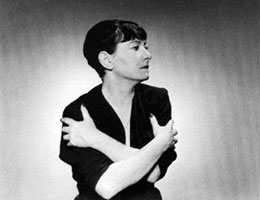
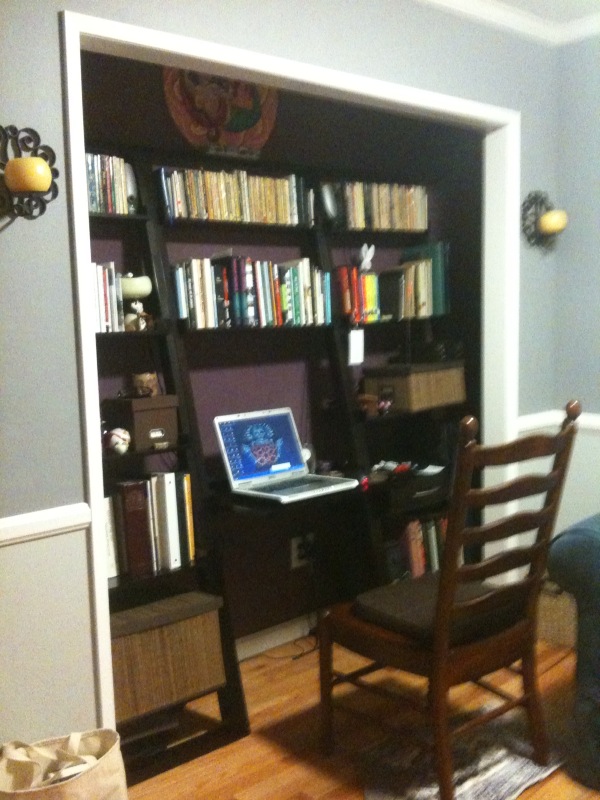
 Gigantic
Gigantic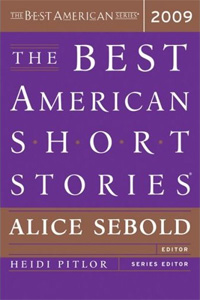

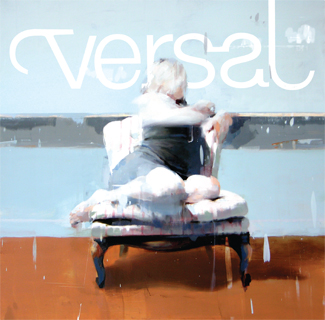

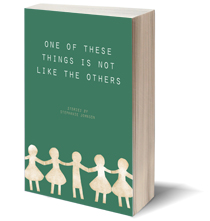
 I had the chance to attend a part of the New York reading from the Featherproof Books/Hobart Journal “
I had the chance to attend a part of the New York reading from the Featherproof Books/Hobart Journal “